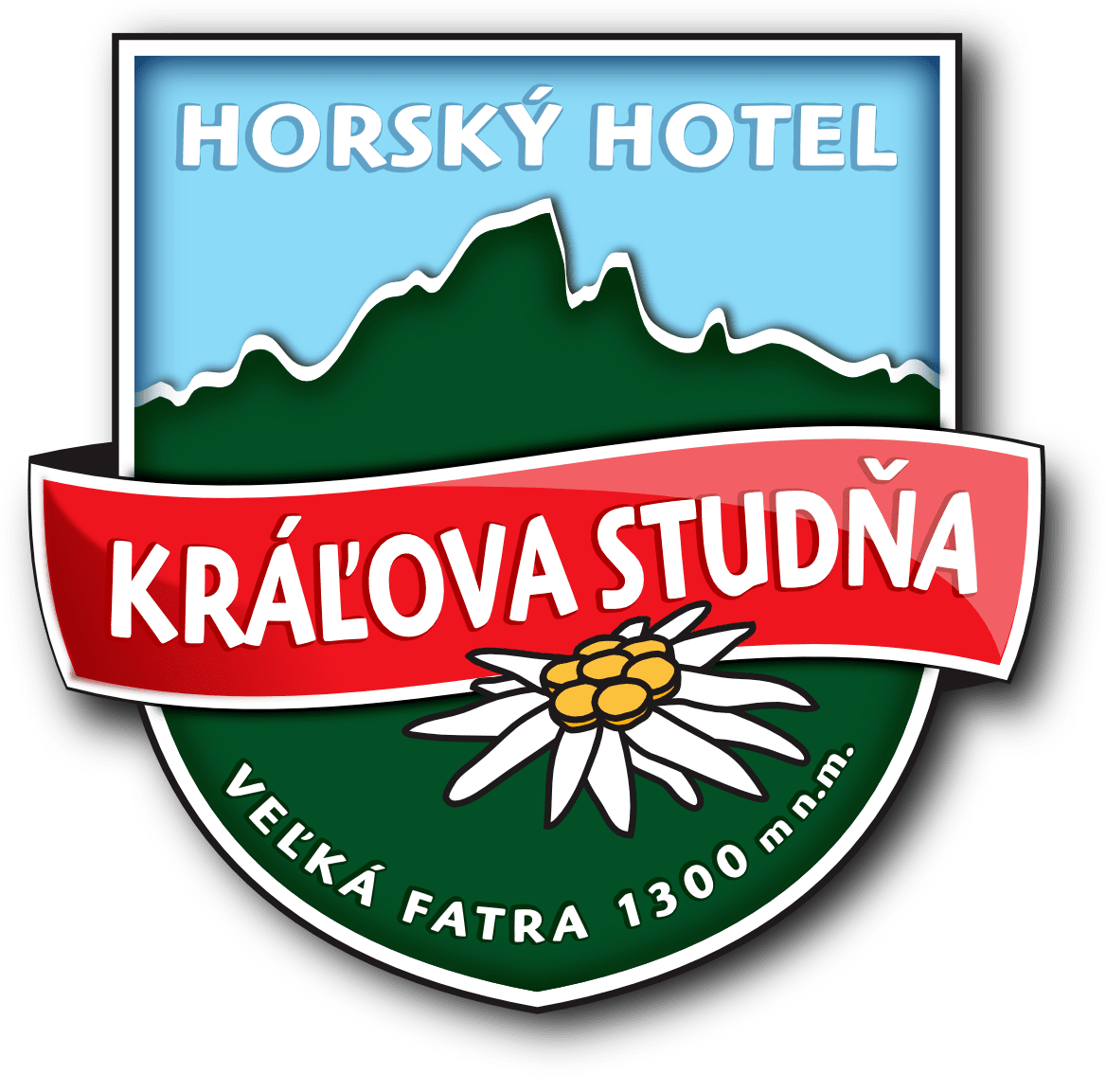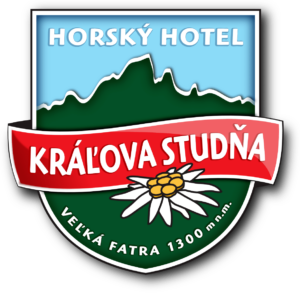Krížna during the Slovak National Uprising
The mountain massif Krížna is located in the southern part of the Veľká Fatra mountain range, at an altitude of 1574 m. Currently, it is one of the most popular Slovak tourist spots. During the excellent visibility, our view heading north stops only at the Polish state border. If we head west, we can observe our Moravian neighbors. From Krížna you can see all the way to the Hungarian state border.
Nowadays, few people know what happened in this beautiful environment. Let’s stop time for a moment and move to this period.

A few days before the official announcement of the Uprising (August 25, 1944), soldiers from the Military Cartographic Institute (under the codename Ambróz), a training center and quarantine station of the Slovak army, together with the partisans, managed to arrest representatives of the Deutsche Partei and exponents of the Tisov-Tuk regime during a practice alarm. After this event, the events already had a rapid decline. After the announcement of the Slovak National Uprising on August 29, 1944, many residents of Harmanec addressed the appeals of the Free Slovak Broadcaster Banská Bystrica and spread the advice of the insurgent army and the 1st Czechoslovak Partisan Brigade of J.V. Stalin.
Immediately after the proclamation of the Uprising of the Executive Power, the Revolutionary National Committee took charge and the newspaper Útok began to be published. Harmanec became the headquarters of the 1st infantry battalion of the 1st tactical group of the 1st ČSA in Slovakia (code name Orech), defending the section of Malý Šturec. The weapons warehouse of the rebel army (code name Bruno) was located here. In addition to them, the following were stationed in Harmanec: the central army telegraph battalion and, from mid-October 1944, a warehouse of intended materials (code name Pavol). After breaking through the insurgent defense in Turki (September 21, 1944), the staff of the V. tactical group moved to Harmanec.
Attacks of the SS battle group Schill and the 178th SS. of the Tatra Division in the period from 25 September to 27 October 1944, in addition to the aforementioned military insurgent units, the partisans of the fourth unit from the Jánošík partisan brigade were repulsed. The core of the fourth partisan unit was made up of Harmanec volunteers. The combat capability of the insurgent military and partisan units was strengthened by the Hurban armored train. Despite this, the insurgents failed to stop the advance of enemy Nazi units towards the heart of the Uprising in Banská Bystrica.
After breaking through the insurgent defense and issuing the last order (October 27, 1944), many insurgent soldiers and partisans moved to the Veľká Fatra mountain massif. Harmanec rebel fighters took a course in the direction of Kráľova studňa. Asylum was provided by a tourist cottage on Kráľová Studňa.
Many insurgents passed through the Krížná massif between November and December, and for some of them, this area became the final resting place. Partisans from the Vítkovský partisan unit fighting in the Alexander Nevsky partisan unit are also dreaming their eternal dream in the Krížna area.
The partisan staff of the Kozaček detachment from the partisan brigade Pomstitel, as well as the partisan hospital, settled in the cottage located in the area of Kráľová Studňa. Partisans, whose ranks were expanded by insurgent soldiers operating in the area of Krížna, mainly in the months of November and December, undertook several diversionary actions on road and railway roads leading to Turec and Liptov.
The staff of the Nazi military units, in an attempt to eliminate the radius of action of the partisans, undertook several punitive expeditions to the area of Veľká Fatra. The December Nazi punitive expedition was accompanied by a shootout. The result of the shootout was dead on both sides and the burning of the cottage.
The great support of the partisans living in the mountains above the village of Harmanec were the residents of Harmanec themselves, who shared everything with the mountain boys. They always managed to find an excuse to pass through the Nazi guards in order to carry provisions and messages to the mountains. The Nazis rewarded the Harmanec people with a royal reward for helping the partisans. Forty men were dragged off to concentration camps in Austria.
(PhDr. Daniela Baranová)
Literature:
Dejiny SNP, V. zv. Bratislava, Pravda, 1984
Janotková Z.: Turistický sprievodca. SIMPRSS&R.G.T.PRESS





